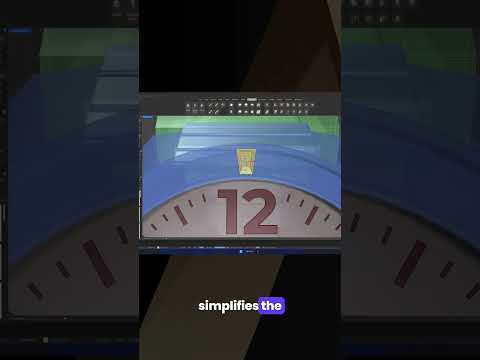Your Cart is Empty
Customer Testimonials
-
"Great customer service. The folks at Novedge were super helpful in navigating a somewhat complicated order including software upgrades and serial numbers in various stages of inactivity. They were friendly and helpful throughout the process.."
Ruben Ruckmark
"Quick & very helpful. We have been using Novedge for years and are very happy with their quick service when we need to make a purchase and excellent support resolving any issues."
Will Woodson
"Scott is the best. He reminds me about subscriptions dates, guides me in the correct direction for updates. He always responds promptly to me. He is literally the reason I continue to work with Novedge and will do so in the future."
Edward Mchugh
"Calvin Lok is “the man”. After my purchase of Sketchup 2021, he called me and provided step-by-step instructions to ease me through difficulties I was having with the setup of my new software."
Mike Borzage
V-Ray Tip: Enhancing Realism in Glass Renders with V-Ray: Techniques for Lifelike Material Effects
July 31, 2024 2 min read

Today’s tip focuses on creating realistic glass and translucency effects using V-Ray. Glass can be a challenging material to render realistically because it requires a delicate balance of reflection, refraction, and transparency. Below you’ll find valuable techniques to enhance your glass renders in V-Ray for truly lifelike results:
- Use the V-Ray Material: Start by selecting the V-Ray Material and choose the ‘Glass’ preset, which is specifically designed to simulate glass properties efficiently.
- Refraction: Adjust the refraction to control how light passes through the glass. Ensure the ‘Refraction’ color is set to white for pure glass, and reduce the value for tinted glass. Keep the IOR (Index of Refraction) around 1.5, a standard value for glass.
- Reflection: To achieve realistic reflections, ensure the ‘Reflection’ color is set to white and use Fresnel reflections. The Fresnel IOR should match the Refraction IOR for physical accuracy.
- Thickness and Edges: Real glass has thickness; don’t neglect this in your models. Additionally, be sure to slightly bevel the edges as perfectly sharp edges are rare in the real world.
- Use V-Ray’s Physical Camera: Affecting the appearance of glass materials significantly, the camera's settings, such as F-Number, Shutter Speed, and ISO, can help achieve the desired depth of field and exposure.
- Caustics: Turn on caustics in V-Ray to simulate the light patterns created as light passes through the glass. Render caustics can be computationally heavy, so use them judiciously.
- Environment Interaction: Glass reflects and refracts its environment, so consider what is surrounding your glass object. Adding subtle details or textures in the environment can greatly enhance realism.
- Subtle Imperfections: Perfectly clean and smooth glass is rare. Add slight imperfections like smudges or dust using maps in the reflection and glossiness slots to add realism.
- Avoid Pure Black or White: In the real world, very few surfaces are pure black or white. Adjust your glass color and reflections accordingly, avoiding the extremes of the color spectrum.
- Optimize Rendering: Glass can increase render times due to calculations for refractions and reflections. Use render settings like ‘Max Depth’ and ‘Cut-off’ threshold sensibly to optimize performance without compromising quality.
By implementing these tips, you can achieve more convincing glass materials in your next visualization project. Remember, realism is often conveyed through subtlety and attention to detail. For an extensive selection of V-Ray products and software that can help take your rendering to the next level, check out NOVEDGE.
You can find all the V-Ray products on the NOVEDGE web site at this page.
Also in Design News

Design Software History: The Evolution of 3D Printing in Aerospace: From Prototyping to Production
November 27, 2024 7 min read
Read More
Cinema 4D Tip: Optimizing Workflow with Team Render in Cinema 4D
November 27, 2024 2 min read
Read MoreSubscribe
Sign up to get the latest on sales, new releases and more …



